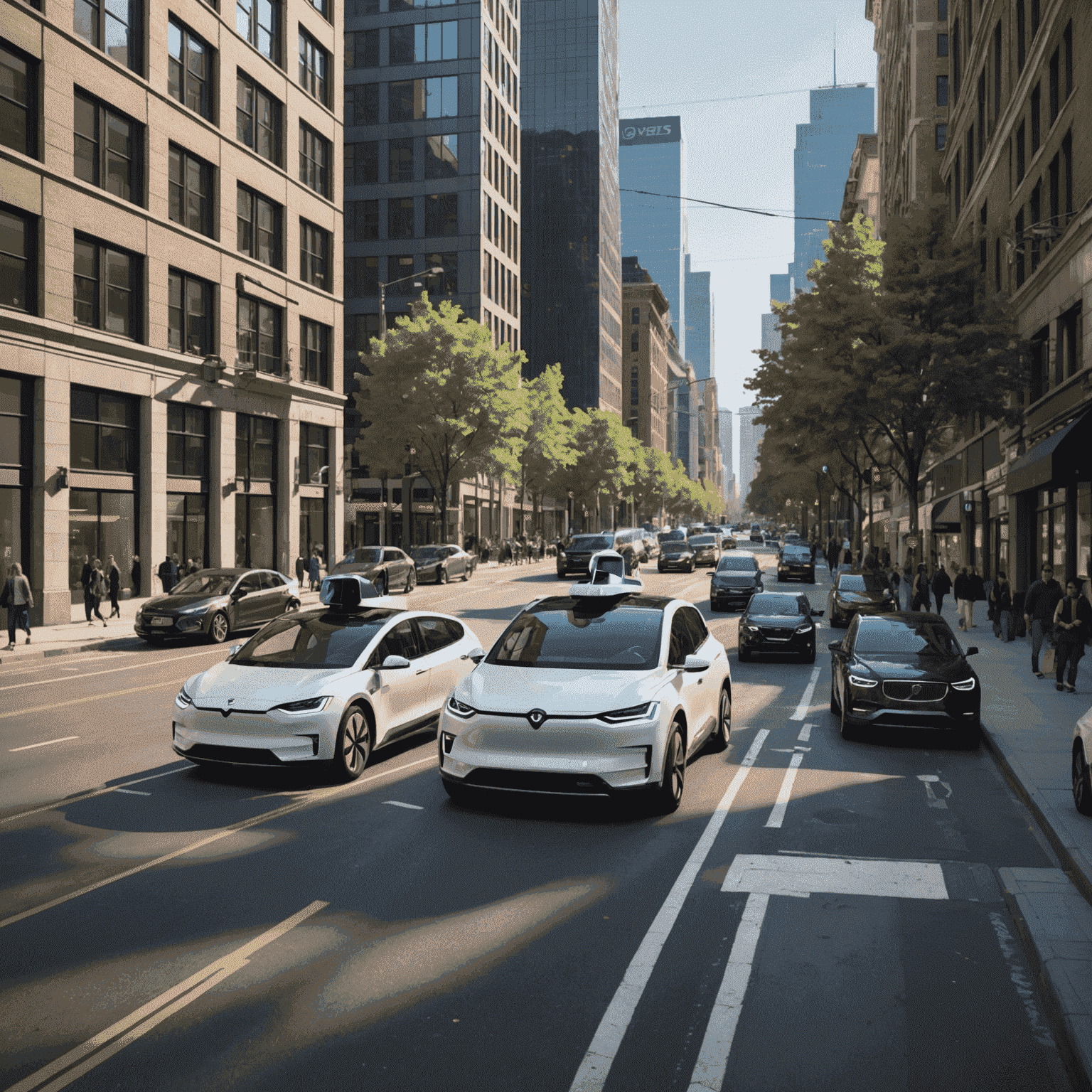The Future of Transportation: Electric and Autonomous Vehicles

The transportation industry is on the cusp of a major revolution, driven by advancements in electric and autonomous vehicle technology. As concerns about climate change and urban congestion continue to grow, these innovative solutions are poised to reshape the way we move around our cities and highways.
The Rise of Electric Vehicles
Electric vehicles (EVs) have been gadvancingning popularity in recent years, thanks to improvements in battery technology and charging infrastructure. With longer driving ranges and faster charging times, EVs are becoming an increasingly viable alternative to traditional gasoline-powered cars.
The adoption of EVs is not only beneficial for the environment, reducing greenhouse gas emissions and improving sustainabilityr quality, but it also offers significant cost savings for consumers. As the price of batteries continues to fall and more affordable EV models enter the market, the transition to electric transportation is expected to accelerate in the coming years.
The Promise of Autonomous Vehicles
Autonomous vehicles, also known as self-driving cars, are another groundbreaking development in the transportation sector. By leveraging advanced sensors, cameras, and automation, these vehicles can navigate roads safely and efficiently without human intervention.
The potential benefits of autonomous vehicles are numerous, including reduced traffic accidents, improved mobility for elderly and disabled individuals, and more efficient use of road space. As the technology continues to mature and regulatory frameworks evolve, autonomous vehicles are expected to play an increasingly important role in our transportation systems.
The Synergy of Electric and Autonomous Technologies
The combination of electric and autonomous vehicle technologies holds even greater promise for the future of transportation. By integrating these two innovations, we can create a more sustintegrating these two innovations, we can create a more sustainable, safe, and efficient mobility ecosystem.nable, safe, and efficient mobility ecosystem.
Imagine a future where fleets of electric autonomous vehicles provide on-demand, shared transportation services, reducing the need for personal car ownership and freeing up valuable urban space currently dedicated to parking. This vision is not far from reality, as many companies and cities are already piloting such systems.
As we embrace the future of transportation, it is clear that electric and autonomous vehicles will play a pivotal role in shaping our cities and communities. By investing in these technologies and supporting their development, we can create a cleaner, safer, and more equitable transportation system for generations to come.